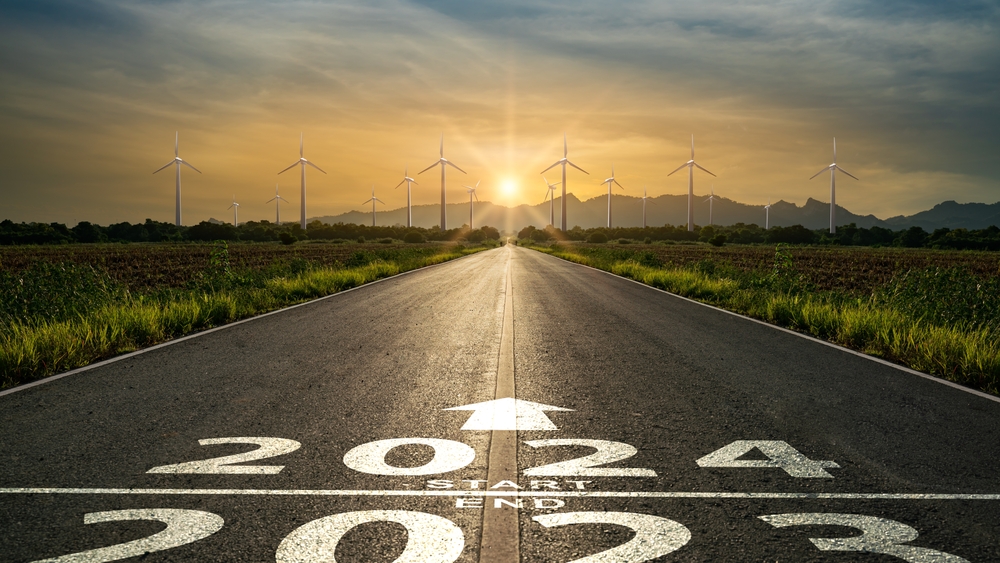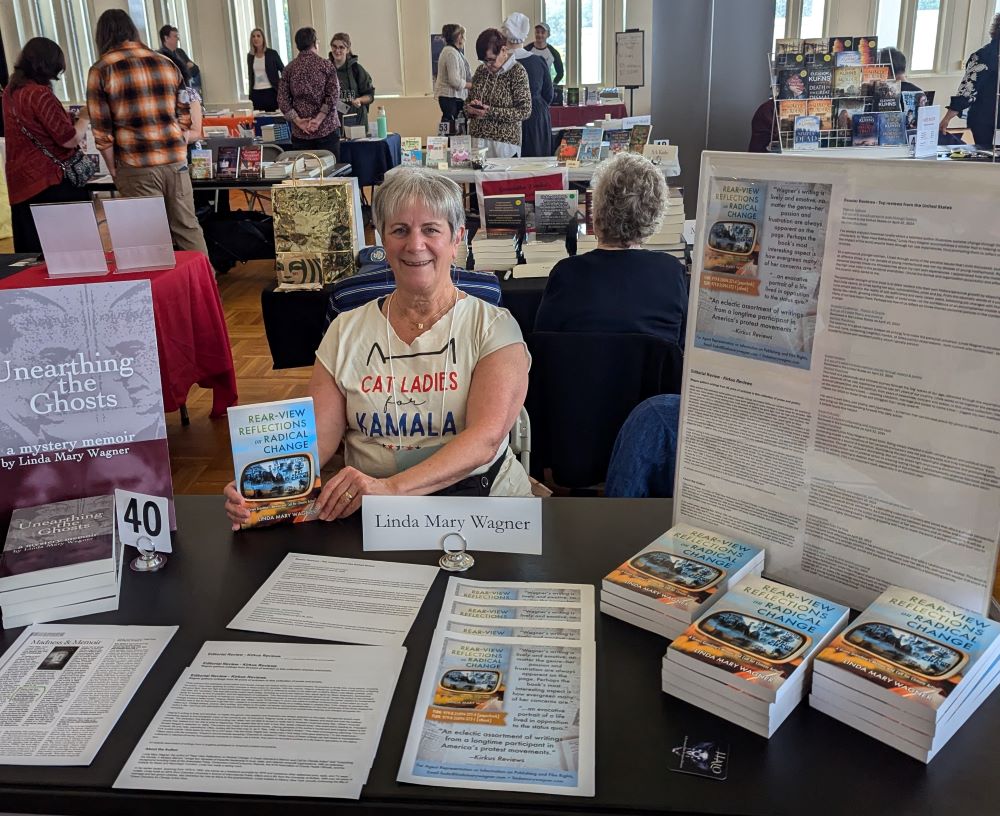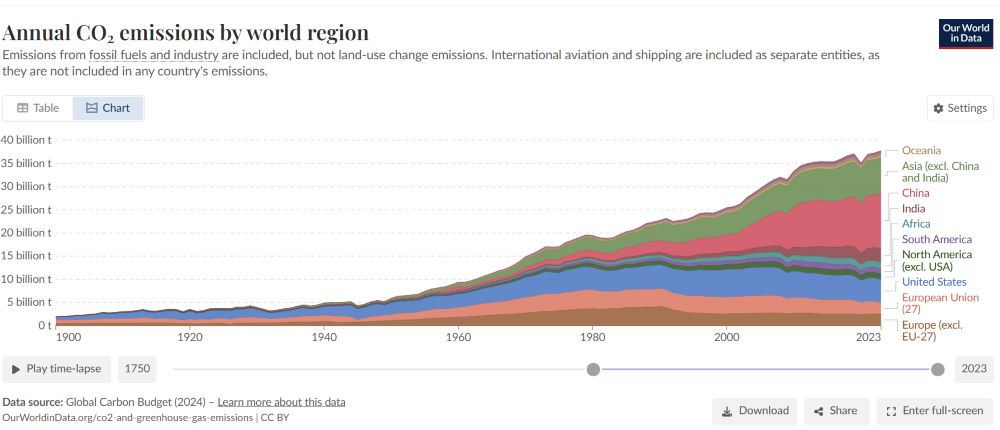As we approach the New Year of 2024, what did the past year tell us about the climate crisis? And what should our New Year Resolutions for climate action include?
Shocking Facts from 2023
Yale Climate Connections summarized 2023 in its article “Ten ‘you must be kidding’ weather and climate facts of 2023.” As the sub-heading says, “The year was packed with bizarre weather events and unmistakable signs of climate change.”
Among the 10 shocking facts were these: The county in the U.S. with the most hurricane forecasts was the county furthest to the East and farther north than Minneapolis – Washington County in Maine; Wildfires scorched 17 times as much land in Canada as in the United States; The sea surface temperature hit 101.1°F on July 24 in Manatee Bay, Florida.
What Can We Do?
In the Resources section of my Green Grandma web site, I’ve listed many ways you can take action to reduce greenhouse gas emissions and slow the climate crisis.
Stay Informed – be careful about the sources of information you use to learn about climate change and prospective solutions. One of the best, up-to-date, journalistic sources is Inside Climate News – and you can have their newsletters delivered to your email. Another great source is Project Drawdown’s new publications page.
Take Steps at Home & Work – In addition to what I offer on this page, there are additional ideas below, whether you’re a renter, homeowner, or traveler.
Join Climate Action Groups – As a Green Grandma, I’ve joined Third Act, “a community of Americans over the age of sixty determined to change the world for the better.” The climate crisis is a central concern for Third Act.
Advocate to Business & Elected Leaders – I link directly to the Action pages of many climate action and environmental organizations, where you can see their current advocacy efforts and join their petitions, outreach to officials, or events. Citizen activists with Beyond Plastics recently helped convince the US EPA to evaluate vinyl chloride as a toxic risk, just one example of how advocacy can spur change.
A New, Higher Price For Carbon Emissions
As reported by Grist, “The National Oceanic and Atmospheric Administration, or NOAA, has maintained a tally of billion-dollar disasters since 1980, providing some of the most comprehensive data about the economic impact of extreme weather. This year saw 25 such disasters, the most on record, and NOAA’s map shows they left almost no corner of the country untouched. Maui saw the deadliest wildfire in modern U.S. history in August, the South baked beneath a monthslong drought, and Vermont experienced weeks of summer flooding. These catastrophes caused more than $80 billion in damages combined.”
From MCJ Collective newsletter – Embedded in a much-anticipated crackdown on methane leaks from oil wells, the US Environmental Protection Agency (EPA), just announced the first rule referencing the price for the social cost of carbon (SCC) at $190 per ton. According to Brookings Institution…,the SCC is an estimate of the cost of the damage done by each additional ton of carbon emissions. It is also an estimate of the benefit of any action taken to reduce a ton of carbon emissions…Putting a price on carbon is therefore critical to scaling up climate action and decarbonizing societies and can be done using a carbon tax, implementing carbon markets or setting internal – or external costs to pollution.

Other Ways of Measuring Climate Costs
At the end of my July 9, 2023 blog post on Climate Strategy – Calculations & Complexity, you’ll find this list of Guides for Climate Calculations:
- From Conservation International: Calculate your carbon footprint
- From Energy Sage: Pros and Cons of Electric Cars
- From the World Bank: Assessing the Benefits and Costs of Nature-Based Solutions for Climate Resilience: A Guideline for Project Developers
- From NPR: Climate solutions do exist. These 6 experts detail what they look like
What Renters or Homeowners Can Do
Beyond what’s covered above, there are concrete steps we can take to reduce our own energy usage. Using less energy leads to lower carbon emissions.CNN’s Life But Greener newsletter recently offered a long list of suggestions for renters, homeowners, landlords, and travelers.
- Do an energy audit. You can do this yourself, but a professional energy auditor will check for air leakage and drafts, find out where you’re using the most electricity, and they might even add insulation to your walls and air ducts, too.
- Ask your electric utility if you can pay for a renewable option such as solar or wind. You might have a nearby community solar farm from which you can purchase electricity.
- Weatherproof your home: Make sure the indoor air stays in and the outdoor air stays out by installing sweeps to the bottom of external doors and weatherstripping.
- Install a smart thermostat: Smart thermostats can connect to the internet and can be controlled with a smartphone. They can adjust to occupancy behavior and nudge users toward more efficient energy use.
- Use LED light bulbs: LEDs are the gold-star light bulbs. They use 90% less energy than incandescent because they don’t generate as much heat. Heat is energy — and if a light bulb is using energy to do anything except generate light, then it’s wasting energy.
- Make sure new appliances are high efficiency: We don’t recommend replacing an appliance if it’s still working fine. But when it does need to be replaced, make sure it’s high efficiency and Energy Star-rated.
For Homeowners or Landlords
- Switch from gas to electric appliances to take advantage of increased renewable energy. One of my own New Year’s resolutions is to give up my gas stove and range for an electric one. I’ve also begun to research switching from natural gas to electricity for home heating. (Of course, this switch requires some careful assessment of our electrical grid’s capacity.)
- Consider upgrading insulation after you’ve weatherized.
- Install a heat pump: In warm months, it absorbs extra heat in the home and pushes it outdoors. In cold months, the pump absorbs heat from outside and pushes it indoors.
For travelers
Take one less flight per year. Could you create the kind of trip you’re aiming for within driving or train distance? Driving trips have a lower climate impact than flights, especially as cars become more fuel efficient. Driving also costs less than flying, even when gas prices are at record highs. Find driving too stressful? Amtrak and Eurail will be happy to see you!

Be it resolved, in 2024 –
- Let’s do what we can to reduce our own carbon footprint.
- Let’s be on the lookout for climate solutions, new and old.
- Let’s hold governmental and business leaders’ feet to the fire, urging immediate action to stem the climate crisis and its impact on all who come after us. Some priorities:
- higher taxation of fossil fuels;greater investment in a durable, flexible electrical grid and sources of renewable energy such as wind, solar, and geothermal;upgrades and new investment in mass transit and rail freight transport infrastructure;
- solid commitments to end our reliance on burning fossil fuels.










